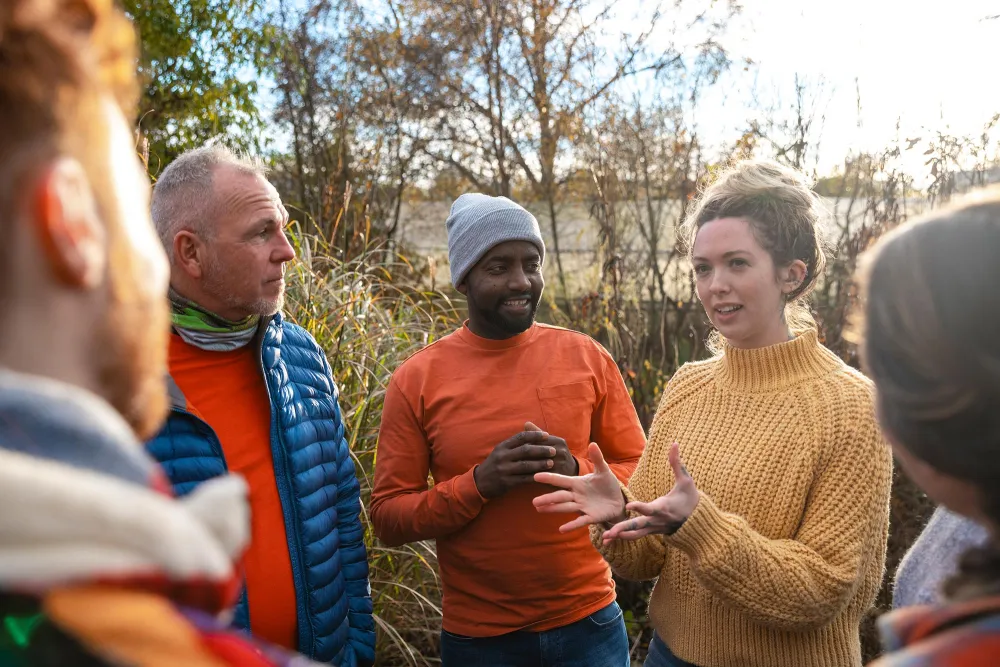Now live: The 2025 Canopy Report. Learn how Americans see trees. GET THE REPORT
Bulletin
Finding New Friends for Urban Forest
“All the world’s a stage,” wrote William Shakespeare, adding that the players on life’s stage fill many roles. In the field of urban forestry, if we ignore what other ‘actors’ in our communities might have to offer, we are sure to deprive ourselves of potential partners.

Conversely, by finding new friends to help with the planting and care of community trees, our efforts can be magnified and enriched.
It’s easy to get comfortable working with our colleagues on the tree board or fellow volunteers that help plant trees. In many communities, however, this means that most of the work is done by a few people, the load becomes burdensome, and ideas grow stale. This, coupled with funding that is rarely sufficient to meet all the needs, makes it essential to expand the circle of those willing to help.
Following a study of strategies for community success conducted by the Kettering Foundation, Dr. David Mathews, head of the organization, wrote, “What stands out in the high-achieving community is not so much the characteristics of the leaders as their number…The high-achieving community had 10 times more people providing leadership than communities of comparable size. This high-achieving community is ‘leaderful;’ that is, nearly everyone provides some measure of initiative. And its leaders function not as gatekeepers but as door openers, bent on widening participation.”
This leadership, along with those who follow, is found in virtually every community — but often in places not normally associated with urban forestry. Finding and enlisting these new friends will provide refreshing new talent, perspectives, willing workers and — sometimes — new sources of financial assistance.
In This Bulletin
Here’s what’s inside:
- Seeking and Working with the Nontraditional – considering all the potential partners in your community
- Teaming Up with Professional and Local Sports – Wisconsin’s game plan for more urban forestry fans
- More Examples – other partners to consider
- Reaching Out to Student Leaders – engaging students at local colleges and universities with the Tree Campus Higher Education program
